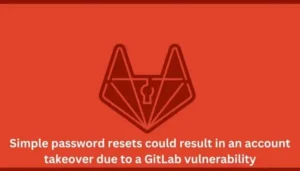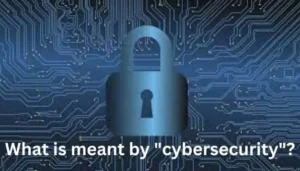
|
Getting your Trinity Audio player ready... |
Cybersecurity experts have uncovered a critical Remote Code Execution (RCE) vulnerability in Splunk, a leading platform for data analysis and security information. This revelation raises serious concerns about the potential impact on organizations relying on Splunk for their cybersecurity defenses.
The Discovery
The vulnerability was first brought to light by researchers who detected an exploitable weakness in Splunk’s system architecture. This flaw allows threat actors to execute code remotely, potentially compromising sensitive data and leaving organizations susceptible to cyber attacks.
The exploit’s nature poses a significant threat, as it enables malicious entities to bypass traditional security measures and gain unauthorized access to systems utilizing Splunk.
Specifics of the Splunk RCE Flaw
This vulnerability tracked as CVE-2023-46214, is classified as high severity with a CVSSv3.1 Score of 8.0.
The Splunk advisory states that “Splunk Enterprise does not safely sanitize extensible stylesheet language transformations (XSLT) that users supply in versions lower than 9.0.7 and 9.1.2.”
The alteration results in an XML injection, and the attack can be initiated remotely. Before an end system processes the XML, attackers may alter its commands, content, or syntax because the product does not properly neutralize XML’s special elements.
The steps that were taken in order to identify the vulnerability using the full proof of concept exploit and the CVE description are described by the researcher as follows:
- Made an XSL file that is valid
- Defined conditions to access the vulnerability code
- Discovered the weak point
- Upload file location predictability
- Recognise where to write a script
- Carry out the script
How does Remote code execution work?
This is how RCE assaults operate:
- Vulnerability assessment – The attacker searches for application code flaws, configuration errors, or out-of-date software versions in the target system for security vulnerabilities.
- Take-Aways – An attacker creates a payload to take advantage of a vulnerability once it is found and then runs the code on the target system.
- Supply – The payload is then sent to the target system by the attacker via a malicious email attachment, deceiving a user into visiting a hacked website or taking advantage of network services.
- Execution of code – The attacker’s code is executed and the vulnerability is activated when the payload is processed by the target system. Attackers can install backdoors for ongoing access, change or remove files, steal confidential information, and launch additional attacks with this code.
Implications for Organizations
Organizations may suffer major consequences from RCE vulnerabilities, including monetary losses, harm to their reputation, and compromised data security. The following are some of the main effects that RCE may have on organizations:
Unauthorised entry
Attackers can access the network, servers, or applications of the target company without authorization by executing arbitrary code on a remote system. Once they’ve gained entry, they can:
Retrieve or modify important information.
divulge private information about customers, intellectual property, or financial records.
Hacks of data
Sensitive data can be accessed, taken, or tampered with as a result of RCE vulnerabilities. Depending on the compromised data, organizations may be subject to fines, legal action, and a decline in the confidence of their clients and the industry.
Service interruption
Attackers can also cause disruptions to crucial services or applications by launching malicious code that crashes systems, interrupts business operations, and causes downtime. Customers become dissatisfied, productivity problems arise, and the company suffers significant financial losses as a result.
Disruption of Services (DoS)
A denial-of-service attack can be initiated by attackers who have gained the ability to execute code remotely. A denial of service is caused for legitimate users in this scenario when the attacker runs code that makes the system unresponsive.
Online services, websites, and even entire networks can be brought down by RCE-powered DoS attacks, which can result in inconvenience, monetary losses, or harm to the affected entities’ reputations.
Cryptomining
Without the owner’s permission, attackers can run crypto mining software on a compromised system by installing malicious code. To mine cryptocurrency for their personal gain, they make use of the system’s electricity, processing power, and other resources.
Aside from increasing operational expenses for the victim and possibly damaging hardware from excessive use, unauthorized crypto mining increases power consumption and slows down the system.
Splunk’s Response
In response to the discovery, Splunk has expedited the release of a patch to address the RCE vulnerability. Users are strongly advised to update their systems immediately to prevent any exploitation of this security flaw. The company is working closely with cybersecurity experts to further fortify its platform and ensure the safety of user data.
Industry-Wide Alert
The news of Splunk’s RCE vulnerability has triggered a widespread alert within the cybersecurity community. Industry leaders are urging organizations to prioritize the security of their digital infrastructure and stay vigilant against potential threats.
Cybersecurity professionals are recommending a thorough review of security protocols and a proactive approach to system updates. Staying informed about the latest developments in cybersecurity is crucial for organizations to effectively navigate the evolving landscape of digital threats.
Recommendation
Users are advised to upgrade to Splunk Enterprise 9.0.7 or 9.1.2.







